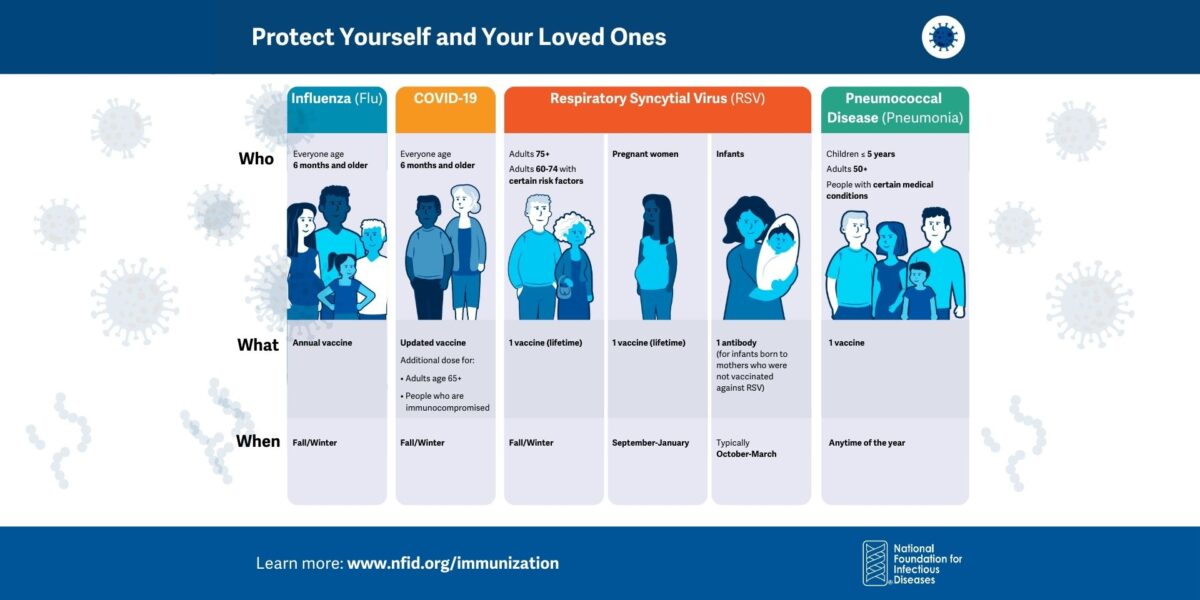
On the afternoon of January 28, 2004, 3½-year-old Emily Lastinger took a long nap and began to show signs that she was feeling ill. Strep throat had been circulating around her preschool, so Emily’s parents kept her home from school and took her to see her doctor to make sure she was okay. However, a nurse performed a nasal swab test on Emily and determined she had the flu. She was given antiviral medication in the hope that it would lessen the severity of the illness, and her parents were told to keep her hydrated and to control her fever.
On that Friday and over the course of the weekend, Emily became progressively worse. Her fever spiked and she began to vomit. However, Emily’s pediatrician reassured her parents that these symptoms were a normal part of the flu and to just continue to make sure she stayed hydrated. Throughout the weekend, Emily continued to vomit and had trouble holding down fluids. Her parents again contacted the pediatrician’s office, but they were reassured the symptoms were normal and were told to bring her in on that Monday if they were still concerned.
Emily did not improve over the weekend, so on the morning of February 2, 2004, Emily’s parents scheduled a doctor’s appointment for later that day. The physician instructed them to administer fluids every 15 minutes until Emily was brought in to the office. After she was bathed and dressed for the doctor’s office, Emily laid down in her parents’ bed to rest and watch TV. She was found lifeless 15 minutes later.
Once her parents found Emily, they immediately began to administer CPR. Forty-five minutes later in the emergency department, doctors were able to get her heart started and then transferred Emily to a local children’s trauma center. For 12 hours, doctors tried to fully revive her but the damage to her system was too great. Emily died later that evening.
The autopsy revealed that in addition to influenza, Emily had pneumonia with a painful complication called an empyema (a collection of pus or fluid in the cavity between the lung and surrounding membrane). Emily had not been vaccinated against the flu.
Acquired from www.familiesfightingflu.org.
Share Your Story
Please share your story to help others understand more about the impact of vaccine-preventable diseases, drug-resistant infections, and other infectious diseases
Related Resources

Kaitlyn’s Story (Flu)
Kaitlyn was a student at the University of Florida in Gainesville when she nearly died from flu

Respiratory Immunization Graphics
Graphics and sample social posts to help raise awareness about preventing COVID-19, flu, RSV, and pneumococcal disease

What Is an Antiviral?
Overview of antivirals—what they are, how they work, and what diseases they help treat
